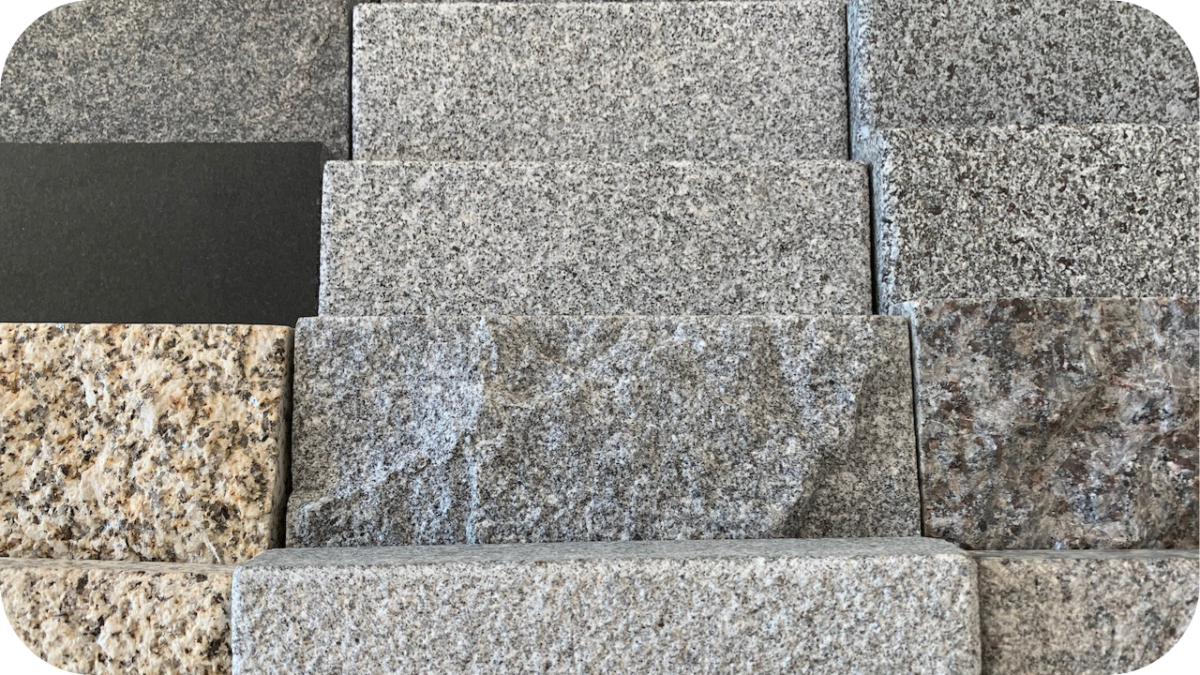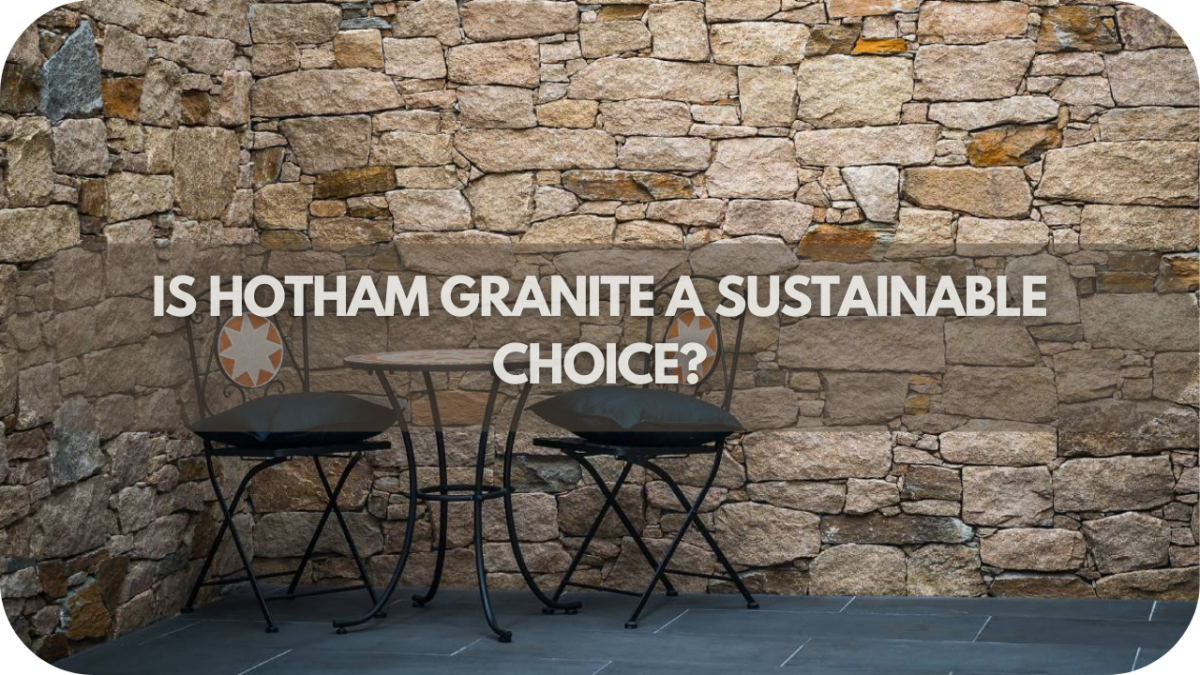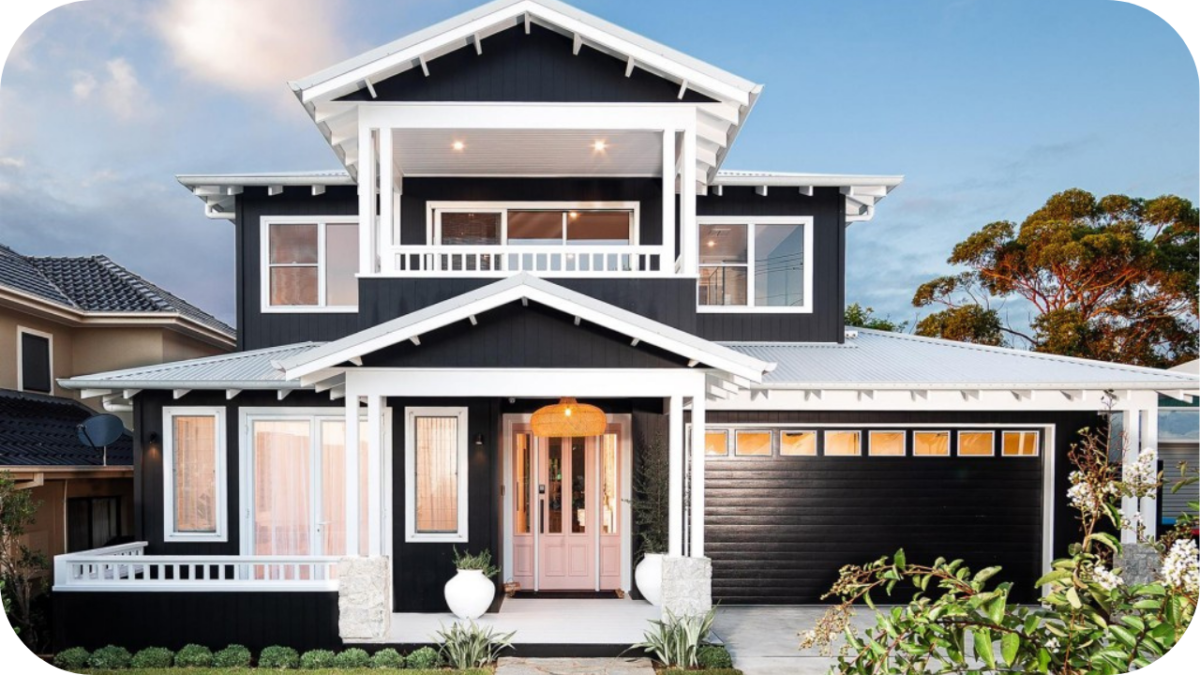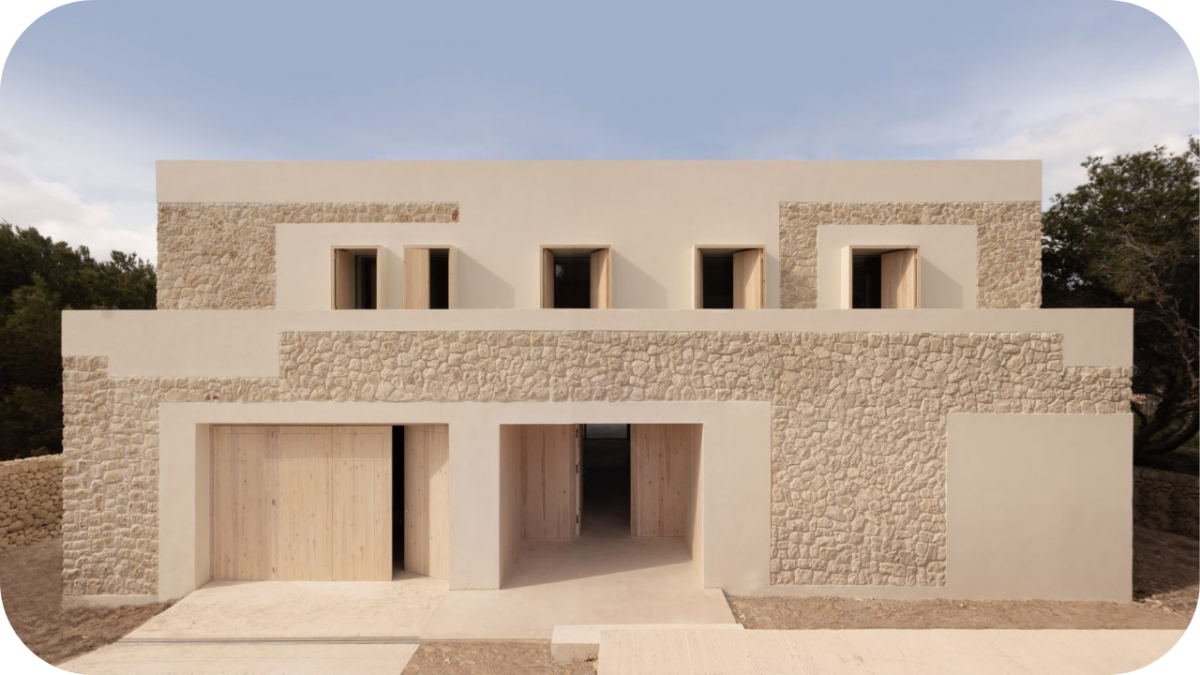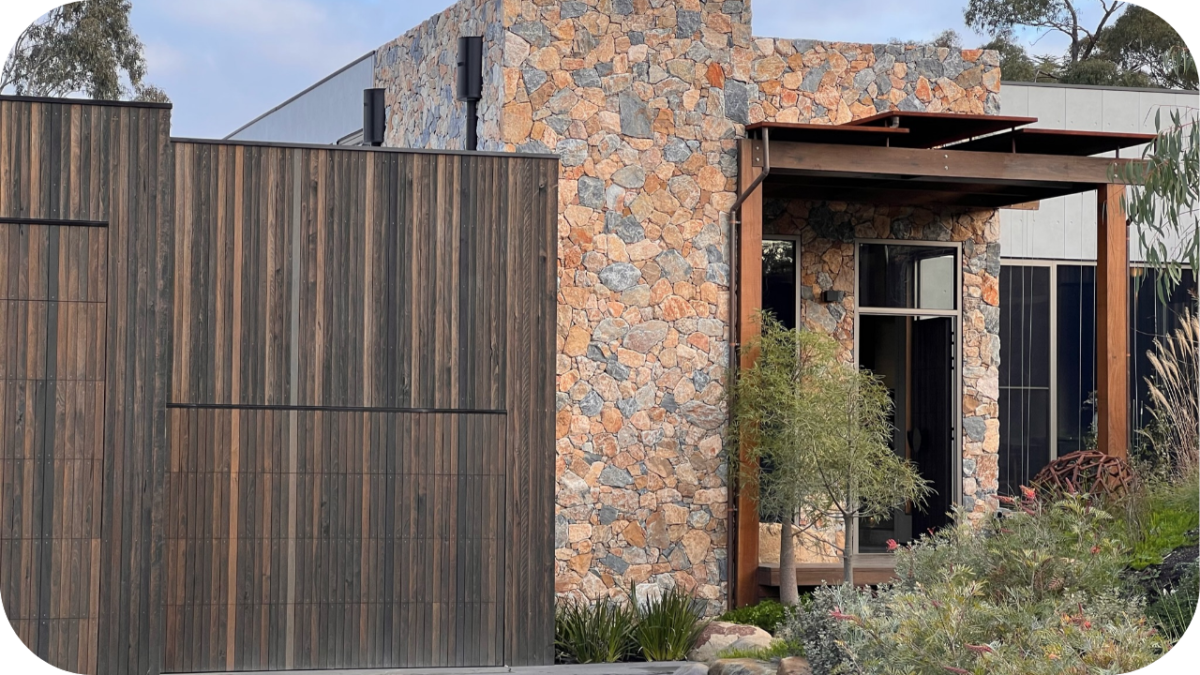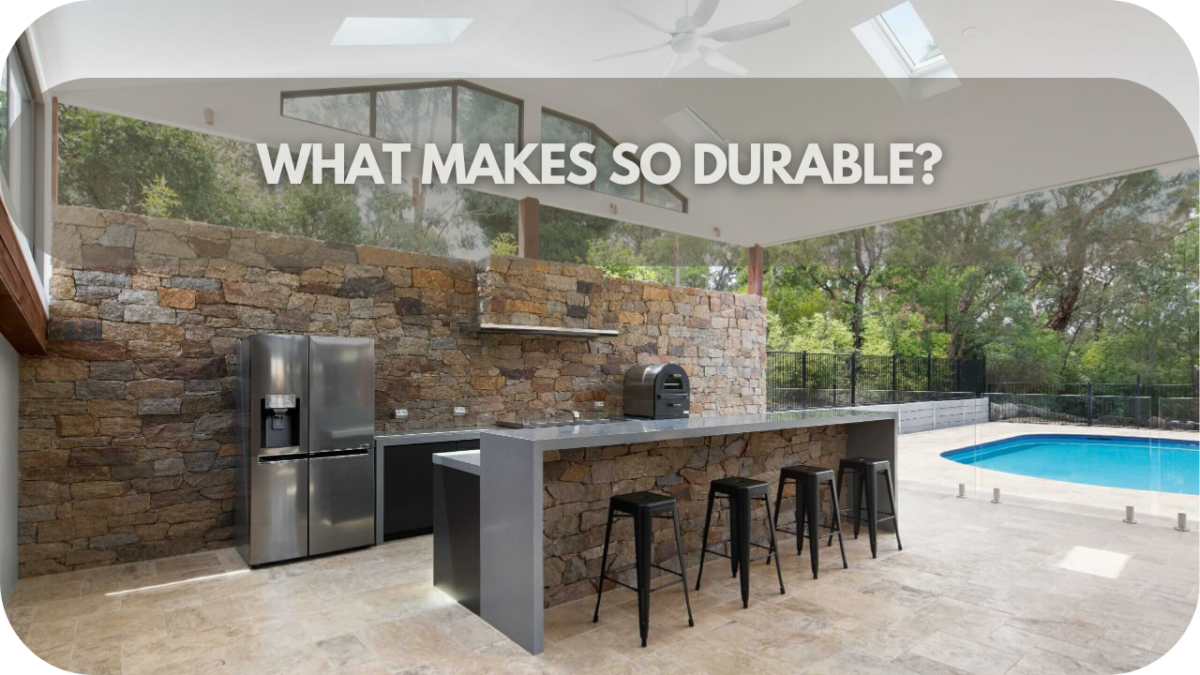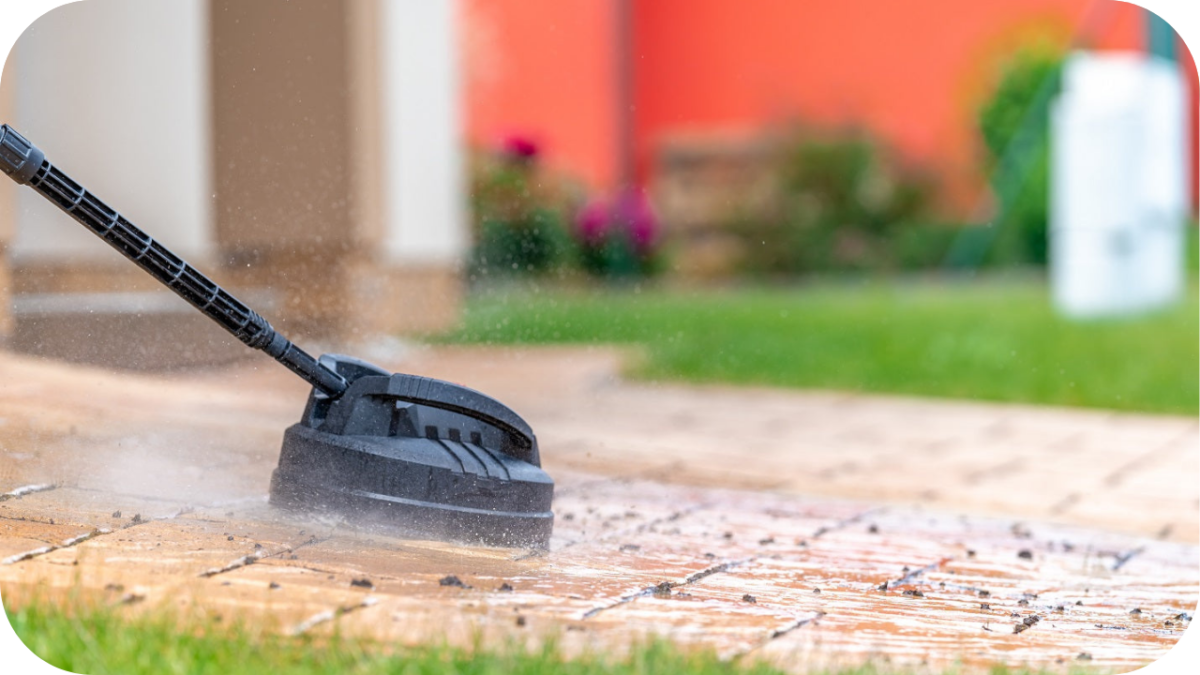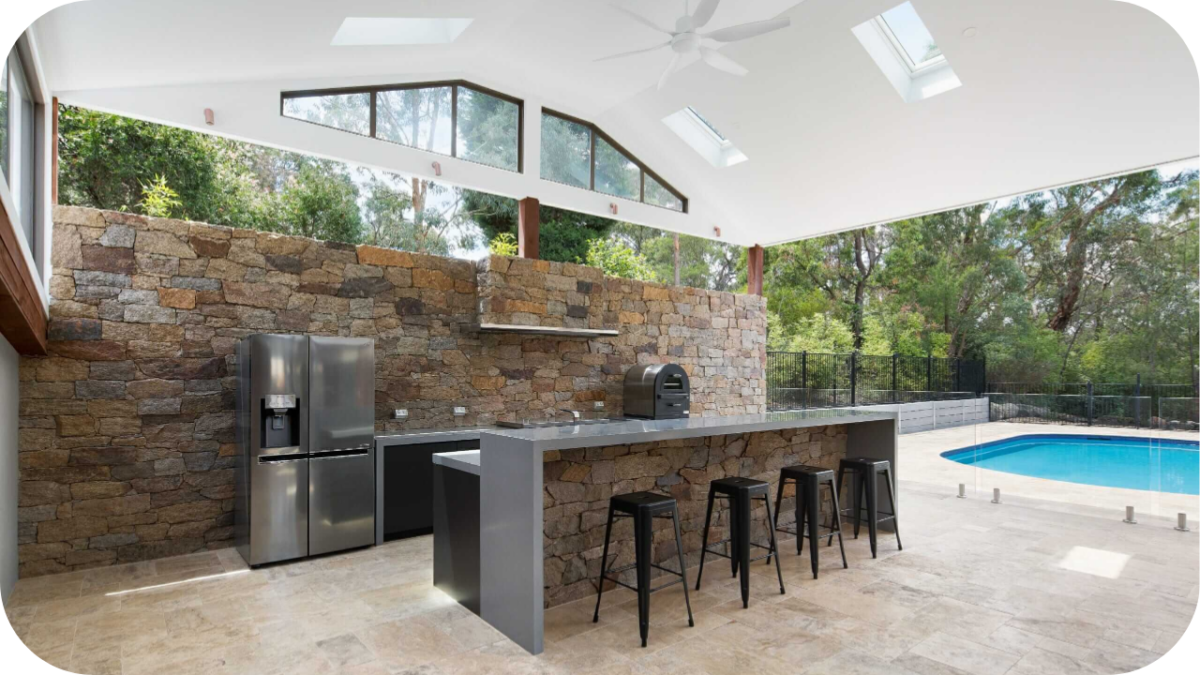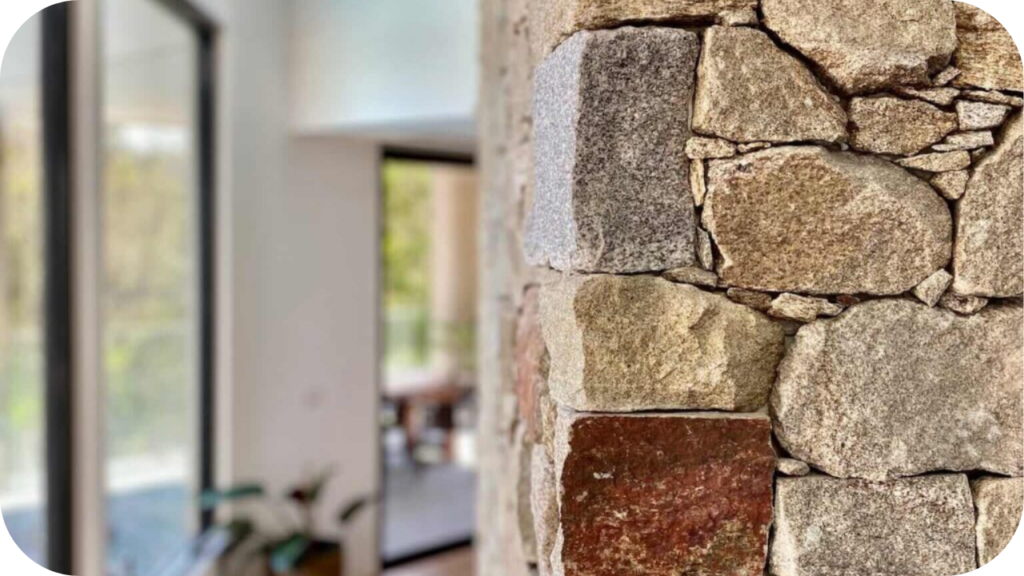Custom Stone Cladding For Unique Architectural Designs
A building’s facade is its first impression—one that should be both striking and timeless.
Custom stone cladding transforms ordinary structures into architectural masterpieces, blending durability with visual elegance. Whether it’s a sleek modern high-rise or a rustic countryside home, tailored stone finishes create a distinctive identity.
Beyond aesthetics, stone cladding enhances insulation, weather resistance, and longevity.
But how do you choose the right stone and ensure seamless installation? This guide explains everything you need about custom stone cladding to achieve a truly unique architectural design.
Why Choose Custom Stone Cladding?
Custom stone cladding offers a unique blend of natural beauty and strength—here’s why it’s the perfect choice for your project!
- Enhances Architectural Uniqueness: With custom stone cladding, no two projects look alike. Tailored textures, colours, and patterns create bespoke designs for facades, accent walls, and interiors.
- Provides Durability and Weather Resistance: Natural stone withstands extreme weather and UV exposure and wears over time. Unlike other materials, it retains its beauty for decades with minimal upkeep.
- Adds Value to Properties: A premium, long-lasting aesthetic makes stone-clad properties stand out, increasing their market value and investment appeal.
- Improves Thermal and Acoustic Insulation: It acts as a natural insulator, reducing heating and cooling costs while minimising external noise, which is ideal for urban spaces.
- Offers Low Maintenance and Longevity: This finish requires little upkeep compared to painted or synthetic finishes. A simple wash restores its appearance, and it can last for generations with proper installation.
Best Stone Types for Custom Cladding

The choice of stone can make or break a cladding project.
The right material enhances a building’s visual appeal and ensures durability and performance.
Whether you prefer the natural beauty of quarried stone or the flexibility of manufactured options, each type offers unique advantages suited to different architectural needs.
1. Limestone
A versatile and timeless stone, limestone is a favourite for modern and classic architectural designs. Its smooth or textured finishes allow it to blend seamlessly into contemporary structures while maintaining the warmth needed for traditional styles.
Limestone is available in neutral tones, making it an excellent choice for facades, feature walls, and interior spaces. One of its most significant advantages is its workability, allowing easy cutting and shaping to meet specific design requirements.
However, limestone is relatively porous and needs proper sealing to prevent moisture absorption and maintain its structural integrity. When installed and maintained correctly, limestone cladding delivers a sophisticated, high-end look that stands the test of time.
2. Granite

Granite is the ideal choice for those prioritising strength and longevity. It is one of the hardest natural stones available, offering exceptional resistance to scratches, stains, and weather damage. These properties make it particularly suited for high-traffic areas and exterior facades that must withstand the elements.
Granite’s unique grain patterns and extensive colour variations provide a level of customisation that few other stones can match. Granite offers plenty of options, whether you want a bold, striking facade or a subtle, neutral-toned wall. Additionally, it is low-maintenance, requiring only periodic sealing to keep its surface protected. For architects and designers looking for a durable yet visually stunning material, granite is a premium option that guarantees long-term performance.
3. Sandstone
Sandstone is the perfect option if you want a warm, natural look. Its earthy tones and rich textures make it popular for heritage buildings, exterior walls, and garden landscapes.
Sandstone’s rugged yet refined aesthetic makes it an excellent material for adding character to any space. One key benefit of sandstone is its resistance to temperature changes, which allows it to perform well in areas with fluctuating weather conditions.
However, it is a porous stone, meaning regular sealing is essential to protect against water absorption and potential erosion. When properly maintained, sandstone cladding enhances a structure’s visual appeal and functional strength, ensuring it remains a standout feature for years.
Here is one piece we wrote on essential things you need to know before buying sandstone for your cladding needs.
4. Quartzite

Quartzite is among the best choices for luxurious yet highly durable custom stone cladding. Due to its elegant veining and polished appearance, quartzite is often mistaken for marble. It offers superior durability and resistance to stains and scratches.
Quartzite is non-porous, unlike marble, which can be sensitive to acidic substances. Thus, it is easier to maintain over time. Quartzite’s natural strength makes it ideal for high-end residential and commercial applications where aesthetics and durability are essential.
Quartzite is frequently used for interior feature walls, upscale facades, and modern design projects that want to incorporate a sleek and sophisticated finish. Due to its strength, beauty, and low maintenance, it is a premium cladding material that offers lasting value.
5. Manufactured Stone Alternatives
While natural stone is often preferred for its authenticity and durability, manufactured stone veneers provide a cost-effective and lightweight alternative. These engineered products replicate the appearance of real stone while offering greater installation flexibility.
Manufactured stone cladding is particularly beneficial for projects with structural limitations, as it reduces the overall weight load on a building. It can also be moulded into various shapes, textures, and colours, allowing for greater design customisation.
Installation is quicker and more affordable than natural stone, making it a practical solution for interior and exterior applications where budget and ease of installation are primary concerns.
However, manufactured stone is less durable than natural stone and may fade over time, especially in extreme weather conditions. While it provides a stylish and economical option, choosing a high-quality engineered stone is essential to ensure a lasting and visually appealing finish.
Design Considerations for Unique Architectural Applications

Stone cladding isn’t just about appearance—it must also align with structural, environmental, and functional needs. A well-thought-out design ensures that the cladding enhances aesthetics and withstands the test of time. Below are key considerations for achieving the perfect balance between beauty, durability, and practicality.
1. Choosing Textures, Colours, and Finishes
The stone’s texture, colour, and finish are crucial in a project’s final aesthetic appeal. Smooth, uniform finishes work best for modern, minimalist designs, creating a sleek, contemporary feel.
Conversely, rugged and irregular textures create a raw, natural look that complements rustic, industrial, or traditional styles. The stone’s colour should harmonise with the surrounding materials and environment, ensuring a cohesive architectural design.
Another key factor is how light interacts with the stone throughout the day. Natural light enhances depth, shadows, and tonal variations, making some textures more prominent.
For interior applications, artificial lighting can affect the perceived colour and finish of the stone. Selecting the right combination ensures the stone cladding blends seamlessly with the project’s vision while retaining its aesthetic value for years.
2. Where to Apply Stone Cladding
Stone cladding’s versatility allows it to be used in multiple architectural applications, enhancing exterior and interior spaces. It creates a striking first impression on facades, adding a sense of grandeur and sophistication. Many high-end homes and commercial buildings incorporate stone facades to establish a strong visual identity.
Another popular application is feature walls. They bring warmth and texture to interior spaces. Whether in a living room, hallway, or office lobby, a well-designed stone feature wall is a stunning focal point.
Fireplaces and columns also benefit from the richness and depth of stone, turning them into statement pieces.
Stone cladding can be used in landscaping in outdoor areas, extending the natural aesthetic to garden walls, kitchens, patios, and water features. These strategic applications ensure that stone cladding contributes to function and design, creating a harmonious architectural flow.
3. Balancing Aesthetics with Functionality

While aesthetics are important, practical factors such as weight, moisture resistance, and maintenance must also be considered. Some stone materials, such as sandstone and limestone, are naturally porous and require sealing to prevent water absorption and staining.
For longevity, choosing a stone that resists moisture damage in areas with high humidity or heavy rainfall is crucial. Maintenance is another consideration. Some stones require periodic sealing, while others, such as granite and quartzite, are naturally resistant to wear and weathering.
Selecting a stone that aligns with the project’s maintenance expectations ensures it retains its appeal over time. Additionally, installing cladding in high-traffic areas demands a durable stone that can withstand constant exposure without deteriorating.
Conclusion
Custom stone cladding is more than just an architectural feature—it’s a statement of quality, longevity, and timeless beauty. Whether enhancing a commercial facade or adding character to a home, the right stone and expert installation make all the difference.
At Splendour in Stone, we provide high-quality custom stone cladding solutions tailored to your project’s needs. Our expert team ensures every installation’s precision, durability, and aesthetic excellence.


